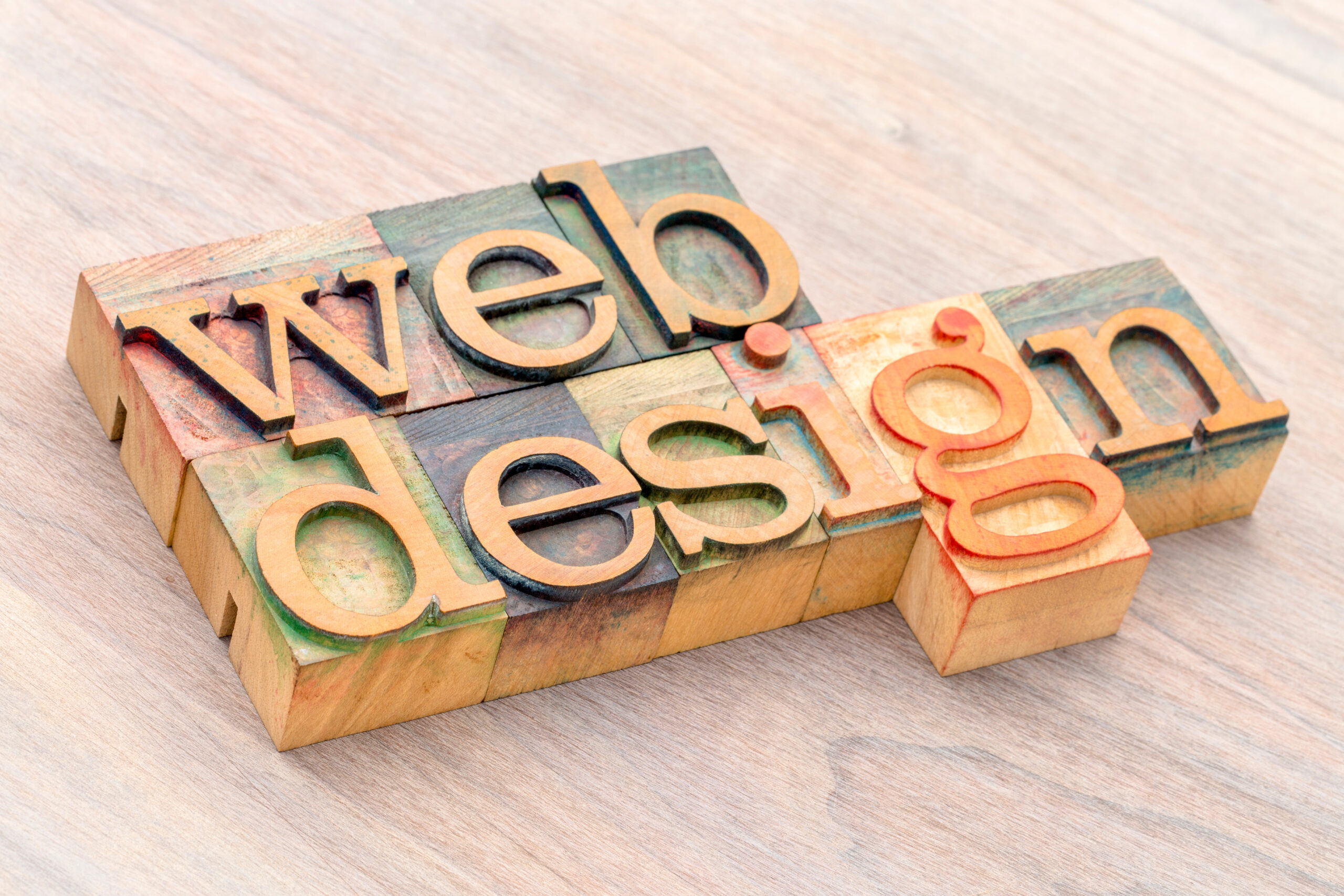*This article is an English translation of a Japanese article.
When designing websites or apps, ensuring accessibility is crucial. However, many designers and developers struggle with the concern that prioritizing accessibility may compromise design aesthetics. In this article, we explore practical strategies for balancing accessibility with design, offering useful tips for designers and developers to create beautiful and accessible websites that offer a seamless experience for all users.
Why Accessibility and Design Must Coexist
Design influences a user’s first impression, while accessibility ensures that all users, regardless of abilities, can access information. For example, users with visual impairments, the elderly, or those with learning disabilities have the right to access web content. Neglecting accessibility risks excluding many users, even if the design is visually appealing. Striking a balance between design and accessibility is key to providing an excellent user experience (UX) for everyone.
Practical Solutions for Balancing Accessibility and Design
Here are actionable steps to enhance accessibility without compromising on design.
1. Optimizing Contrast Ratios
High contrast ratios are vital for accessibility, but overemphasis can make designs look harsh. To strike the right balance:
- Recommended Contrast Ratio: Maintain a contrast ratio of at least 4.5:1 for text and background while choosing colors that complement the design.
- Use of Soft Colors: If you prefer avoiding strong contrasts, consider using dark modes or soft color palettes to provide a comfortable visual experience.
2. Choosing Readable Fonts
Selecting the right fonts can ensure both accessibility and enhanced aesthetics. Focus on the following:
- Simple, Readable Fonts: Opt for minimal, highly legible fonts like Sans-serif types that improve readability across various contexts.
- Adjustable Font Sizes: Aim for a minimum font size of 16px to ensure readability. Properly adjusted font sizes also contribute to a cohesive design.
3. Consideration for Animations and Interactions
Animations and interactive effects add appeal to a design but can sometimes harm accessibility. To maintain balance:
- Subtle, Controlled Animations: Avoid excessive motion. Use smooth transitions and fades to minimize visual strain.
- Provide User Controls: Offer options to play or pause animations, giving users control over how they interact with the content.
4. Designing Clear, Intuitive Navigation
Navigation is key to ensuring users can easily explore your site. Here’s how to design navigation that’s both accessible and visually appealing:
- Consistent Design: Ensure uniformity in the placement and style of headers, footers, and menus so they serve as visual guides for users.
- Large, Easily Clickable Buttons: Make buttons and links large enough for easy interaction, and add hover effects to give visual feedback that enhances usability.
5. Optimizing Images and Media
Images and videos contribute to a site’s aesthetic appeal but must be optimized for accessibility. Consider the following:
- Provide Alt Text: Ensure that all images have alternative text descriptions so that users who cannot see them can still understand the content.
- Add Subtitles and Audio Descriptions: Include subtitles or audio descriptions for video content to accommodate users with hearing or visual impairments.
Mindset for Achieving Accessible and Aesthetic Design
Balancing accessibility with aesthetics requires focusing on inclusive design while pursuing visual appeal. Keeping the following points in mind will help maintain this balance:
- Conduct User Testing: Collect feedback from a diverse range of users to improve both accessibility and design.
- Follow Accessibility Guidelines: Use guidelines like the WCAG (Web Content Accessibility Guidelines) to integrate accessibility from the design stage.
Conclusion
Websites that prioritize accessibility without sacrificing design provide a user-friendly and visually appealing experience for everyone. By implementing improvements such as optimized contrast ratios, thoughtful font choices, balanced animations, and clear navigation, you can achieve accessibility and aesthetic harmony. The future of web design lies in creating beautiful, accessible experiences that offer a welcoming environment for all users.
We have released the UUU Web Accessibility Widget Tool, designed to make web accessibility easy to implement. This tool helps improve the accessibility of websites quickly and efficiently, even without specialized knowledge.
If you’re interested in enhancing your website’s accessibility, please check out the details. We are here to support you in making your website more user-friendly and accessible to a wider audience.
